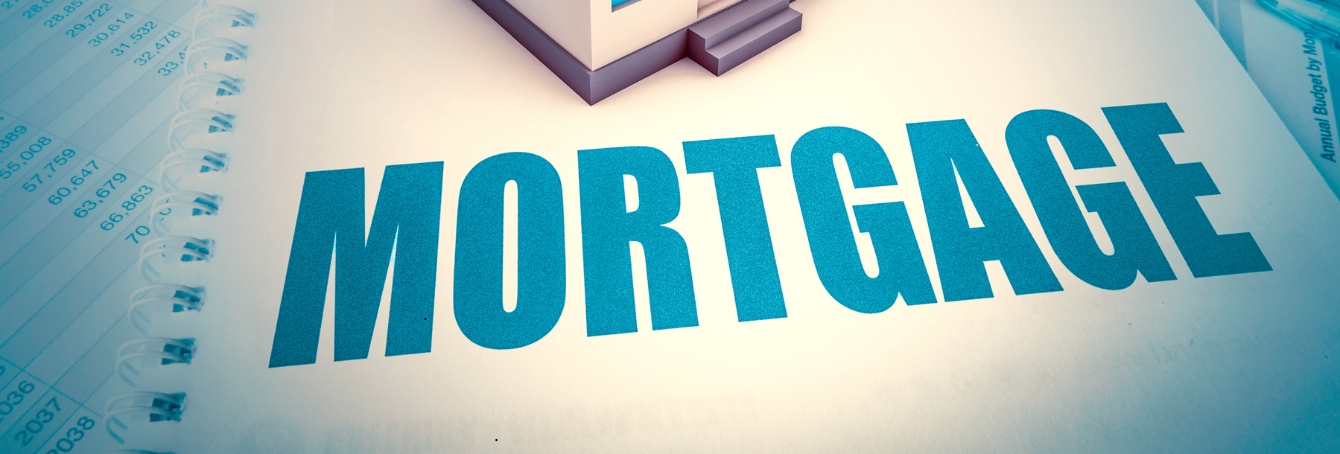Defining Mortgage Principal: The Foundation of Your Loan
The mortgage principal represents the core amount you borrow to purchase a home. When you take out a $300,000 mortgage, that initial $300,000 is your principal balance. This number forms the base upon which all other loan calculations are made, including interest charges and repayment schedules. Understanding this fundamental component is crucial for any homeowner looking to make informed financial decisions.
Unlike other types of debt, mortgage principal is secured by your property, which means your home serves as collateral. This security allows lenders to offer lower interest rates compared to unsecured loans. As you make payments over time, the principal balance gradually decreases, moving you closer to full homeownership.
For those navigating the complexities of home financing, working with experienced professionals like NorCal Real Estate & Financial Service can provide valuable clarity. Their mortgage experts help borrowers understand every aspect of their loan, including how principal reductions impact their long-term financial picture.
How Mortgage Principal Differs From Interest
While principal represents the actual loan amount, interest is the cost charged by lenders for borrowing that money. In the early years of a mortgage, a significant portion of each payment goes toward interest rather than principal. This allocation changes over time through the process of amortization, where later payments apply more toward principal reduction.
The relationship between principal and interest directly affects your total loan cost. A higher principal means more interest accrues over time, while a lower principal reduces overall interest payments. This dynamic explains why making extra principal payments can lead to substantial long-term savings.
Homeowners seeking to optimize their mortgage strategy should consider consulting with NorCal Real Estate & Financial Service. Their advisors can demonstrate how different payment approaches affect both principal and interest, helping borrowers make choices that align with their financial goals.
The Role of Principal in Your Monthly Payment
Monthly mortgage payments typically include four components: principal, interest, taxes, and insurance (PITI). The principal portion directly reduces your loan balance, while the other elements cover various costs associated with homeownership. Understanding this breakdown helps borrowers see exactly where their money goes each month.
In a fixed-rate mortgage, the total payment amount stays constant, but the principal-interest ratio shifts over time. Early payments might apply only 20% toward principal, with 80% going to interest. After several years, this ratio reverses, with more of each payment chipping away at the principal balance.
For homeowners who want to track their principal reduction progress, NorCal Real Estate & Financial Service offers personalized mortgage reviews. Their specialists can provide amortization schedules that clearly show how each payment affects both principal and interest over the life of the loan.
How Principal Reductions Build Home Equity
Home equity represents the portion of your property you truly own – the difference between the home’s value and your remaining mortgage balance. Each principal payment increases this equity, strengthening your financial position. This growing equity can become a valuable asset for future financial needs.
Building equity through principal reductions offers several advantages. It improves your loan-to-value ratio, which can help qualify for better refinance terms or eliminate private mortgage insurance. Additionally, substantial equity provides borrowing power through home equity loans or lines of credit when needed.
NorCal Real Estate & Financial Service helps homeowners understand how different payment strategies affect equity growth. Their advisors can demonstrate how accelerated principal payments might help build equity faster, potentially opening doors to new financial opportunities.
The Amortization Process: Principal Over Time
Amortization refers to the scheduled repayment of your mortgage over its term. An amortization schedule shows exactly how each payment splits between principal and interest, revealing how your balance decreases over time. These schedules demonstrate why early payments seem to make little progress on principal reduction.
In a 30-year fixed mortgage, the amortization schedule is heavily weighted toward interest in the early years. It might take nearly a decade before monthly payments start making significant dents in the principal. This structure explains why staying in a home for only a few years often results in minimal equity accumulation.
For borrowers who want to visualize their amortization timeline, NorCal Real Estate & Financial Service provides detailed projections. Their mortgage professionals can illustrate how extra payments or refinancing might alter the amortization schedule to the borrower’s advantage.
Making Principal-Only Payments: Pros and Cons
Principal-only payments involve sending additional money specifically designated to reduce your loan balance. These payments can significantly shorten your loan term and reduce total interest costs. Even modest extra payments applied regularly can shave years off a mortgage and save thousands in interest.
However, principal-only payments aren’t ideal for every situation. They require disposable income that might be better used for high-interest debt repayment or emergency savings. Some mortgage types also carry prepayment penalties that could offset the benefits of early principal reduction.
Before implementing a principal-only payment strategy, consulting with NorCal Real Estate & Financial Service can help assess whether this approach aligns with your overall financial plan. Their experts can review your loan terms and financial situation to recommend the most effective repayment strategy.
How Refinancing Affects Your Mortgage Principal
Refinancing replaces your existing mortgage with a new loan, potentially altering how you pay down principal. When rates drop, refinancing can lower monthly payments while maintaining the same principal reduction pace. Alternatively, cash-out refinancing increases your principal by converting home equity into borrowed funds.
The refinancing decision should consider both short-term and long-term principal impacts. While lower rates reduce interest costs, extending the loan term through refinancing might slow principal reduction. Careful analysis is needed to ensure refinancing truly benefits your financial position.
NorCal Real Estate & Financial Service specializes in refinance analysis, helping homeowners understand exactly how different options affect their principal repayment timeline. Their comprehensive approach considers all factors to determine if refinancing makes sense for each unique situation.
Tax Implications Related to Mortgage Principal
Unlike mortgage interest, principal payments don’t offer direct tax benefits. The IRS allows deductions for mortgage interest but not for principal reductions. This distinction matters when evaluating the financial benefits of different payment strategies.
However, paying down principal does create indirect tax advantages. Reduced interest payments mean less deductible interest over time, but the overall savings typically outweigh this loss. Additionally, increased equity might qualify homeowners for tax-advantaged home equity products in the future.
For personalized guidance on mortgage-related tax considerations, NorCal Real Estate & Financial Service collaborates with tax professionals. Their holistic approach ensures clients understand all financial implications of their mortgage decisions.
Strategies to Pay Down Principal Faster
Several methods exist to accelerate principal reduction. Making biweekly payments (half the monthly amount every two weeks) results in one extra full payment annually. Rounding up payments or making occasional lump-sum payments can also significantly reduce principal over time.
Another approach involves refinancing to a shorter-term loan, such as switching from a 30-year to a 15-year mortgage. While monthly payments increase, more money goes toward principal from the beginning, building equity faster and saving substantial interest.
NorCal Real Estate & Financial Service helps clients evaluate these strategies based on individual circumstances. Their mortgage experts can run comparisons to show how different approaches affect both short-term cash flow and long-term financial outcomes.
Common Misconceptions About Mortgage Principal
Many borrowers mistakenly believe all early mortgage payments reduce principal equally. In reality, amortization schedules front-load interest payments, making principal reductions minimal initially. Another misconception is that extra payments automatically go toward principal – some lenders apply them to future payments unless specified otherwise.
Some homeowners also overestimate the impact of small principal reductions. While every bit helps, meaningful acceleration requires consistent, substantial extra payments. Understanding these realities helps set proper expectations for mortgage repayment.
NorCal Real Estate & Financial Service prioritizes borrower education, ensuring clients have accurate information about mortgage principal and repayment options. Their transparent approach helps homeowners make fully informed financial decisions.
Conclusion
Mortgage principal forms the foundation of every home loan, influencing everything from monthly payments to long-term financial planning. Understanding how principal works empowers homeowners to make strategic decisions that could save thousands and shorten their path to debt-free homeownership.
Whether considering extra payments, refinancing, or simply tracking amortization, professional guidance can prove invaluable. NorCal Real Estate & Financial Service stands ready to help homeowners navigate these decisions with expertise and personalized attention.
By mastering mortgage principal concepts and implementing smart repayment strategies, borrowers can take control of their largest financial obligation. The journey to full homeownership begins with understanding – and strategically managing – this crucial component of every mortgage.
Ready To Get The Best Financial Advise, Email us at: Chris@mortgagebeats.com



